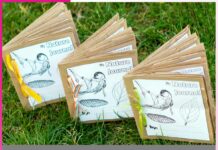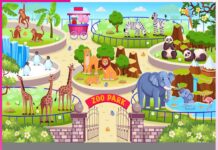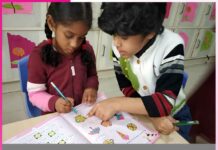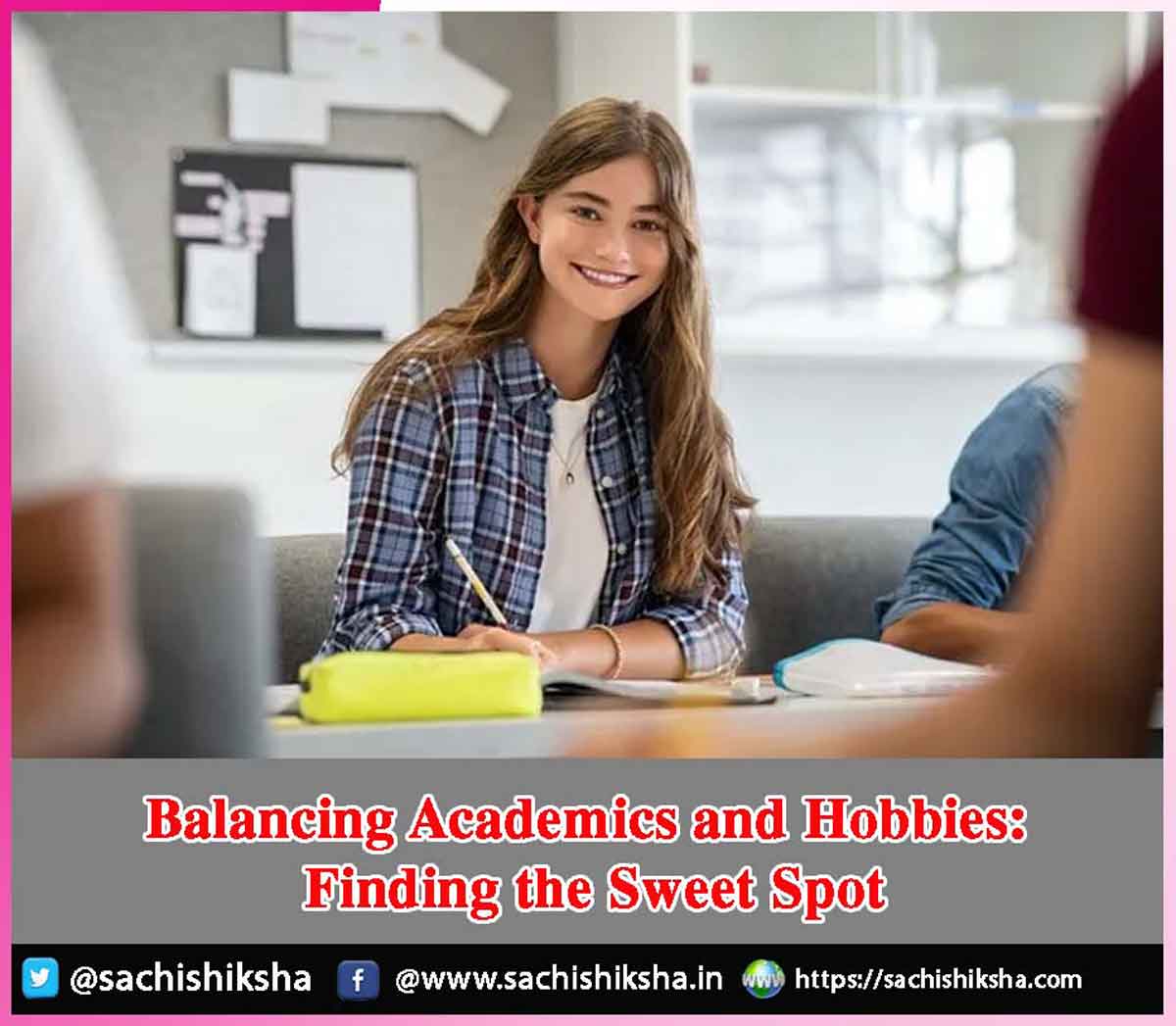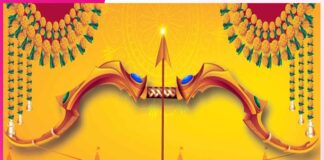Balancing Academics and Hobbies: Finding the Sweet Spot
Introduction: In the pursuit of academic excellence, students often find themselves caught in a relentless cycle of studying, exams, and assignments. While education forms a critical foundation for future success, hobbies offer the creative, emotional, and psychological nourishment necessary for holistic development.
Striking a balance between academics and hobbies is not merely a luxury but a necessity for a well-rounded life. This essay explores why balance is important, the challenges involved, and practical ways to achieve the “sweet spot” between academic rigor and personal passions.
Table of Contents
The Importance of Balance

-
Academic Performance and Mental Health
While academic success is crucial for career growth, it can sometimes come at the cost of mental well-being. Long study hours, peer pressure, and high expectations often lead to stress, anxiety, and burnout. Hobbies, whether it’s playing an instrument, painting, sports, or reading fiction, serve as powerful stress-busters. They provide a break from academic pressure and help rejuvenate the mind.
-
Hobbies Enhance Cognitive and Emotional Skills
Engaging in hobbies isn’t just for relaxation—they actively develop critical skills. For instance, playing chess improves strategic thinking, music enhances memory, and team sports build communication and leadership. These skills, in turn, enhance academic performance and personal growth.
-
Personal Identity and Confidence
Hobbies allow students to explore their individuality. Academic success often depends on external validation—grades, ranks, or scores—whereas hobbies allow intrinsic satisfaction. Pursuing interests fosters confidence, creativity, and a sense of accomplishment that academics alone might not provide.
Challenges in Balancing Academics and Hobbies
Despite the clear benefits, maintaining a balance is easier said than done. Students face several obstacles in harmonizing their studies with their passions.
-
Time Constraints
A packed school or college schedule leaves little room for anything beyond coursework. The increasing competition and pressure to score high marks can make hobbies seem like a distraction or luxury.
-
Societal and Parental Pressure
In many cultures, hobbies are often perceived as secondary or even frivolous, especially if they don’t contribute directly to career goals. Parents and society may prioritize engineering, medicine, or other traditional academic paths, unintentionally discouraging creative pursuits.
-
Lack of Resources or Exposure
Students from underprivileged backgrounds may not have access to facilities, mentors, or opportunities to explore their interests. Even when the will is there, the way might be missing.
-
Poor Time Management Skills
Many students simply don’t know how to manage their time effectively. They may procrastinate on academic tasks and then find themselves cramming, leaving no time for leisure or hobbies.
Strategies to Find the Sweet Spot
The key to balancing academics and hobbies lies in conscious planning, prioritization, and creating an environment that values both. Here are some practical strategies to achieve that harmony:
-
Prioritize and Plan
Effective time management is the cornerstone of balance. Creating a weekly or monthly schedule that includes fixed academic hours and designated time for hobbies helps ensure that neither is neglected. Tools like planners, calendars, or digital apps can aid in organizing time efficiently.
Example: A student preparing for board exams might dedicate mornings to academics and evenings to music practice. Sundays could be reserved for rest, socializing, or pursuing other interests.
-
Set Realistic Goals
Setting short- and long-term goals for both academics and hobbies helps maintain direction and motivation. These goals should be achievable and flexible.
Academic Goal: Complete a math chapter by the weekend.
Hobby Goal: Learn to play a new song on the guitar in two weeks.
-
Combine Learning with Fun
One creative way to balance the two is by integrating hobbies with academics. For instance, a student interested in photography can take up a science project on optics. Similarly, someone passionate about writing can start a blog on academic topics. This approach enhances both academic understanding and hobby development.
-
Learn to Say ‘No’
Balance sometimes means making choices. If a particular hobby is taking too much time and hampering academic progress—or vice versa—it’s important to reassess and scale back. Balance does not mean equal time; it means meaningful engagement with both.
-
Avoid Overcommitting
Trying to excel in too many things simultaneously can be counterproductive. It’s better to focus on one or two hobbies deeply rather than spreading oneself too thin. Similarly, it’s okay not to score perfect grades if you’re nurturing other valuable life skills.
-
Get Support from Family and Mentors
Parents, teachers, and mentors play a crucial role in encouraging balance. Open communication about your interests, challenges, and goals can help create a supportive environment. Institutions, too, should encourage extracurricular activities, provide clubs, and appreciate talent outside the classroom.
Real-Life Examples of Balanced Success
-
Dr. A.P.J. Abdul Kalam
India’s former President was not just a top scientist but also a passionate writer and veena player. Despite his busy career in defense and space research, he made time for music and poetry, which kept him grounded and creative.
-
Hima Das
The Indian sprinter, known as the “Dhing Express,” managed her academics along with rigorous athletic training. Her balanced dedication brought her international recognition and personal satisfaction.
-
Students in Modern Education Systems
Many schools and colleges worldwide are now integrating hobby-based learning. Institutions like MIT and Stanford encourage clubs, sports, and arts as much as academics. Students involved in drama, robotics, music, or athletics often emerge as more versatile and resilient individuals.
Long-Term Benefits of Balancing Academics and Hobbies
-
Career Flexibility
Today, careers are no longer confined to traditional domains. Many professionals have turned hobbies into careers—like YouTubers, musicians, travel bloggers, and game developers. Even in corporate roles, soft skills and creative thinking—often developed through hobbies—are highly valued.
-
Emotional Intelligence
Engaging in hobbies improves emotional regulation, empathy, and interpersonal skills. These traits are vital not just in personal relationships but also in leadership roles and team dynamics.
-
Better Decision Making
People who have experienced both structured academics and free-flowing hobbies tend to be more adaptable and thoughtful. They can handle stress better, think more creatively, and maintain a healthier work-life balance as adults.
Conclusion
Balancing academics and hobbies is not about dividing time equally but integrating two essential dimensions of personal growth. Academics provide knowledge and career prospects, while hobbies enrich the soul, build character, and shape identity. The “sweet spot” lies in conscious planning, realistic goal setting, and prioritizing both learning and leisure.
In a world that increasingly values creativity, emotional intelligence, and adaptability, nurturing hobbies alongside academics is no longer optional—it’s essential. When students learn to manage their studies without abandoning their passions, they not only excel in exams but also evolve into well-rounded, resilient, and fulfilled individuals.












